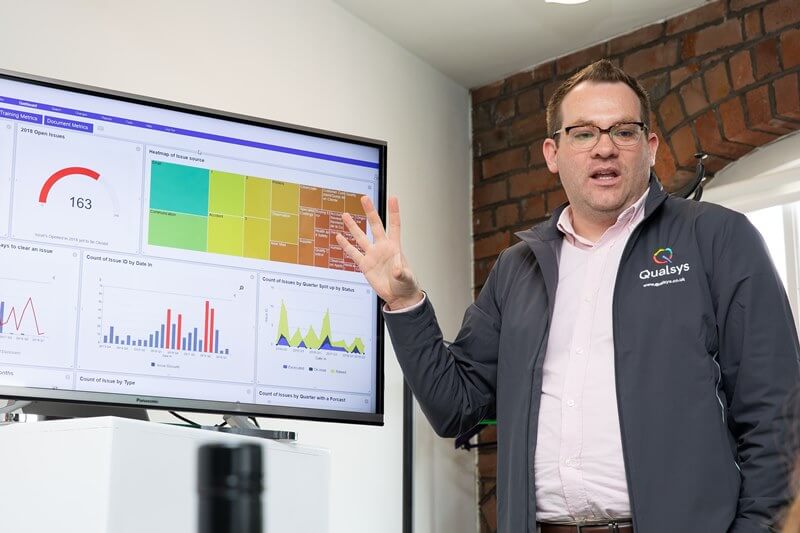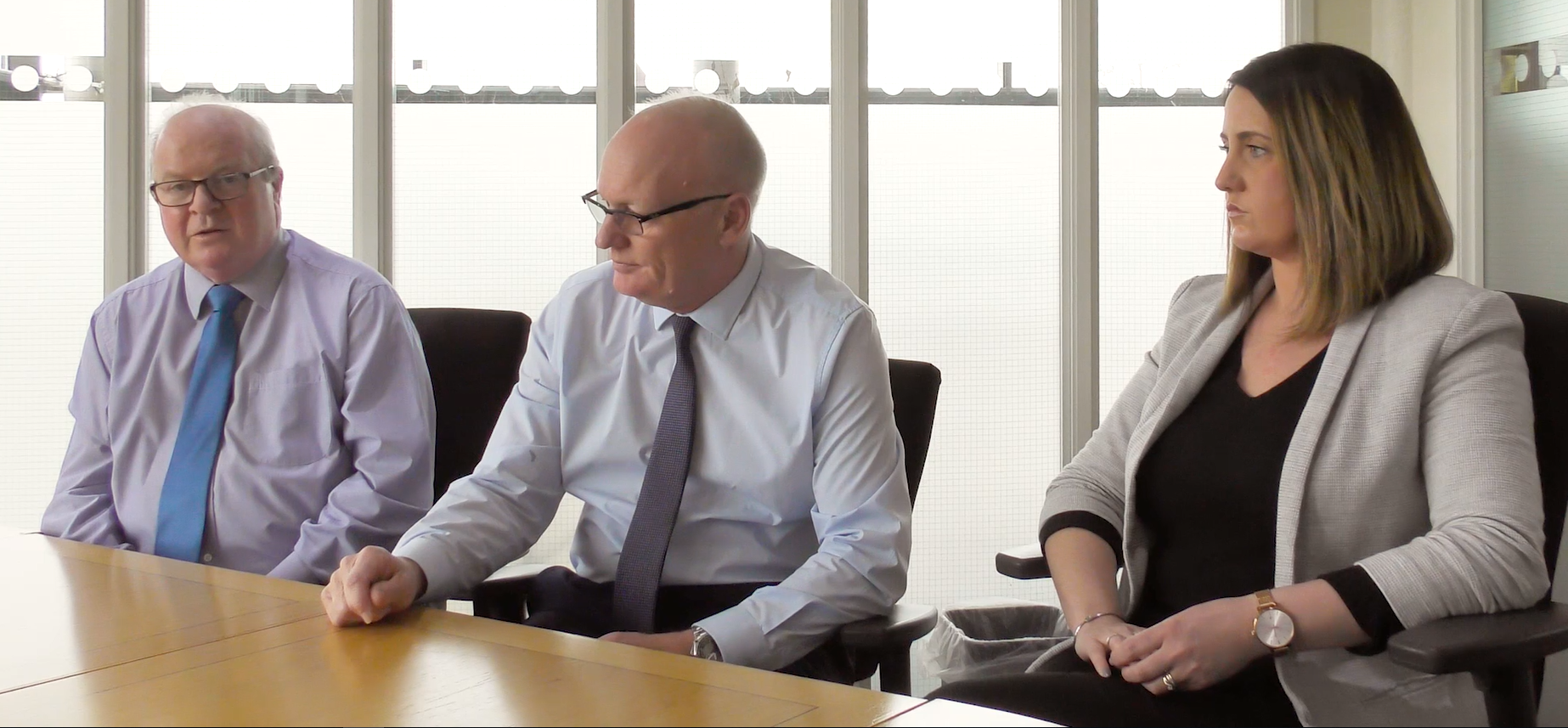Want to contribute to this article?
Under ISO 14001:2015, organisations need to plan processes that address environmental factors and associated risk at every stage of their operations.
The revised standard also updates the requirements for setting environmental objectives and introduces a new clause focused on 'planning to take action'.
In this third part of our four-part series, we clarify the implications of the ISO 14001:2015 revision for your organisation, and focus on how planning requirements have changed.
Planning to take action
The changes in ISO 14001:2015 require you to take a 'risk-based approach' to your environmental management system (EMS). Risk-based thinking is intended to encourage you to stop viewing risk negatively and instead see opportunities available in it.
For a more detailed explanation of risk-based thinking (specific to the parallel ISO 9001:2015 revision), click here.

The planning process
A complete assessment of EMS risks, and the planning process that follows, should:
- Consider the context of the organisation
- Consider the compliance obligations (but not necessarily the views) of the interested parties
- Consider the compliance obligations of the organisation
- Consider the environmental aspects and their potential impacts
- Identify threats to the performance of the EMS, both those that could disrupt operations or decrease functionality.
- Identify opportunities for increased functionality
- Develop plans for actions to mitigate threats and maximise benefits to the EMS's operation, both initially and over time
- Develop plans for actions to meet compliance obligations
- Develop plans to integrate these actions into the EMS
Identifying environmental aspects and impacts
You'll need to identify the environmental impacts that your operations could have. When you come to consider the context of your organisation, you must first identify the environmental aspects. An environmental aspect is any element or characteristic of an activity, product, or service that can interact with the environment.

Environmental aspects can cause environmental impacts, which means any change in the nature of the environment as a result of an activity. These can be beneficial or adverse, major or minor, direct or indirect.
You must consider the likely impacts of your activities and plan to mitigate associated threats and maximise associated benefits as far as you can.
Setting environmental objectives
Complying with ISO 14001:2015 also means monitoring, communicating and updating your environmental objectives. So you'll have to set objectives at the relevant levels for those functions to meet their compliance obligations in line with their own environmental aspects and risk factors.
All relevant personnel should be aware of these environmental objectives and the EMS should monitor the extent to which they are achieved, flagging up areas where environmental performance needs to improve.
When planning actions to achieve the objectives, you must also document details of whatever resources are needed and set out a clear process by which you'll achieve results.
The best method for all this is a Risk Planning Process. This involves:
- Identifying environmental aspects within the scope of your EMS
- Establishing what criteria you'll use to identify 'significant' environmental impacts
- Mapping environmental aspects to potential impacts and identifying which aspects may lead to significant impacts
You must also consider the risk associated with operating the EMS itself. And to continually improve your EMS you must plan to ensure the system achieves its objectives while minimising negative environmental impact.

The workflow-enabled functionality of EQMS Audit Manager guides you seamlessly through the audit process, and guarantees that corrective or preventive actions are completed. This reinforces best practice, reduces risk and provides a platform for you to continuously improve your EMS which is driven by ongoing review and refinement.
You should also aim to minimise the environmental threat posed by the equipment you use. EQMS Equipment Manager allows you to do this. It ensures that any equipment you use is safe (by prompting essential maintenance and checks) and complies with environmental regulations.
To extend this continual improvement across the full lifecycle of the product or service, you should assess and review your supply chain. With EQMS Supplier Manager, you can continuously improve by using the best suppliers, identifying and removing weaker performers and replacing them with better options from an approved supplier list.
What you should do now
Learn more about EQMS software by downloading our datasheets.
Image credits: www.praxis42.com; taigacompany.com









Share your thoughts on this article